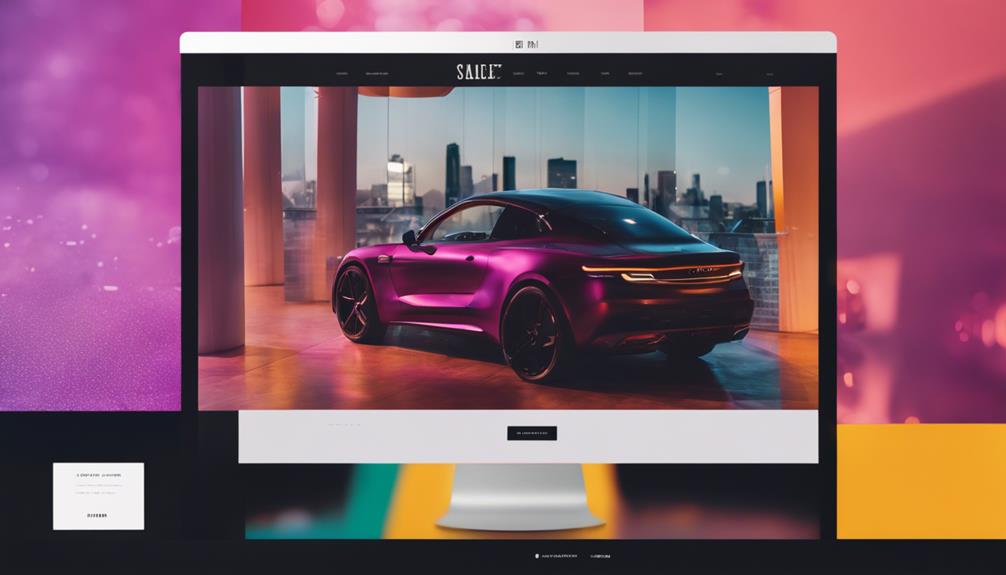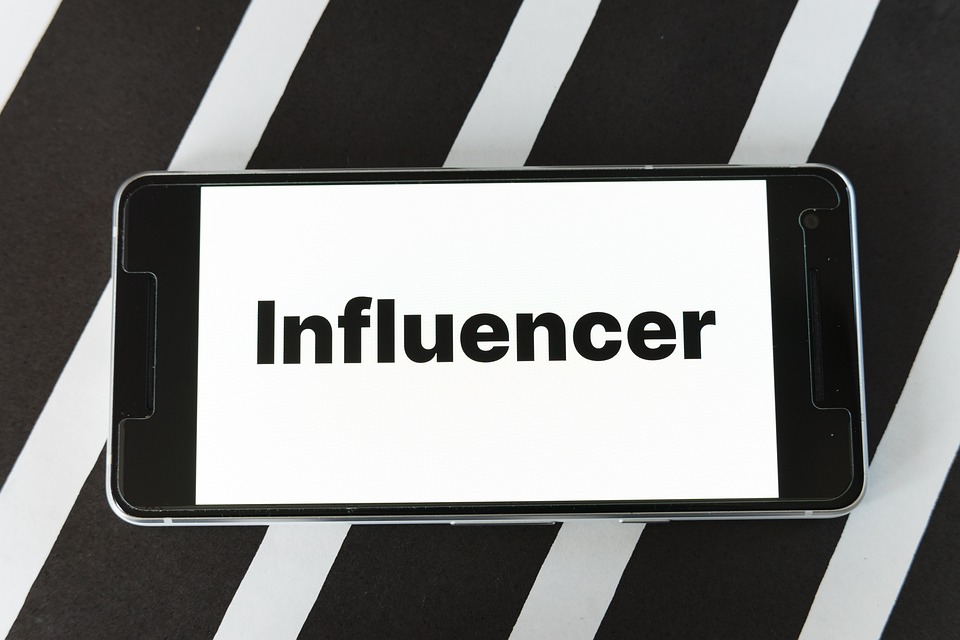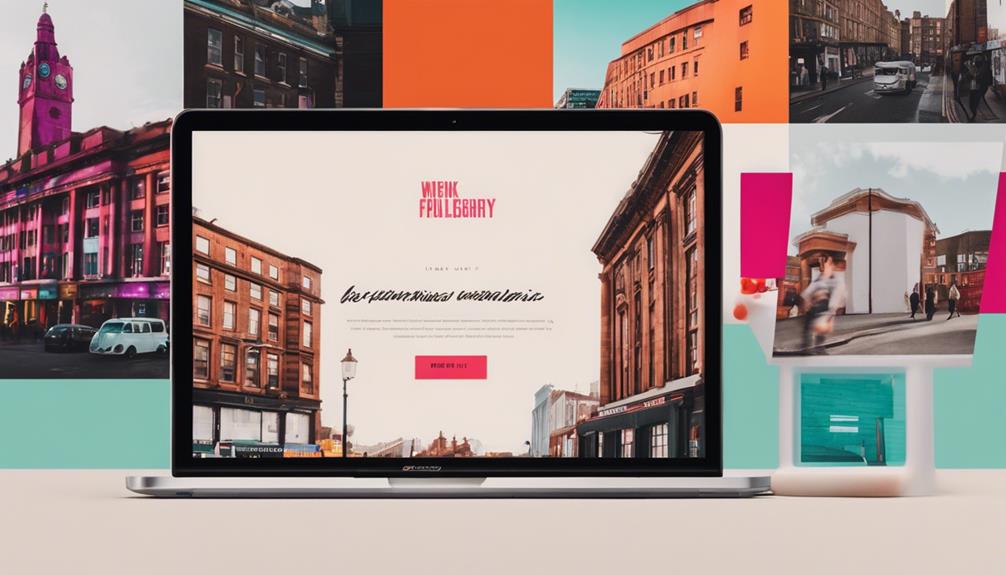In the ever-evolving landscape of web design, staying ahead of the curve is crucial to maintaining a competitive edge.
From bold typography to immersive dark mode designs, there are 10 modern web design trends that can truly elevate your site's aesthetic appeal and user experience.
These trends not only reflect the current design zeitgeist but also offer innovative ways to captivate your audience and keep them engaged.
Embracing these trends could be the key to making your website stand out in a crowded digital space and leave a lasting impression on visitors.
Bold Typography
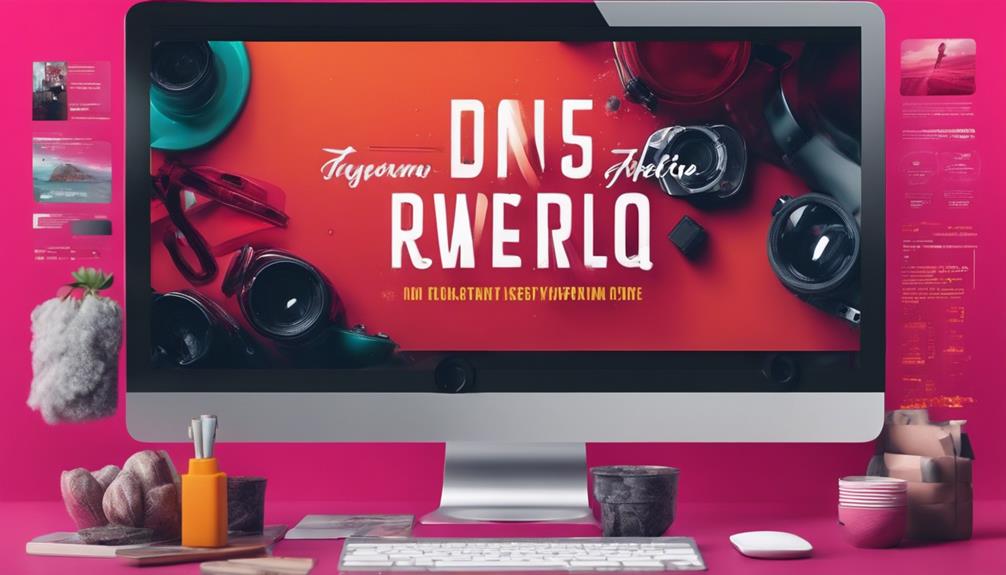
Bold typography has become a prominent feature in modern web design, capturing users' attention and enhancing the overall visual appeal of websites. This trend involves using large, eye-catching fonts to convey key messages and create a strong visual hierarchy on web pages. Bold typography not only helps to make content more engaging but also improves readability and brand recognition.
In modern web design, bold typography is often used in combination with clean and minimalist layouts to create a striking contrast that draws users' focus to important information. Designers are experimenting with different font styles, weights, and colors to create unique and memorable typographic compositions that reflect the brand's personality and values.
Furthermore, the use of bold typography in web design helps to establish a strong visual identity and differentiate a website from its competitors. When implemented thoughtfully and strategically, bold typography can effectively communicate the brand's message, evoke emotions, and leave a lasting impression on visitors. As web design trends continue to evolve, bold typography is expected to remain a popular choice for creating impactful and visually appealing websites.
Dark Mode Design
Dark mode design in web development has gained significant popularity for its sleek and modern aesthetic appeal. This design trend involves using dark color schemes, typically with light text and elements, creating a visually striking and elegant look. Dark mode design not only enhances the overall visual appeal of a website but also offers benefits such as reducing eye strain, improving readability in low-light environments, and conserving device battery life.
UI web design incorporating dark mode has been widely adopted by web design agencies to cater to the growing demand for this trend among users. The contrast provided by dark backgrounds helps highlight important elements on a webpage, creating a focus on content and enhancing user experience. Web design agencies are leveraging dark mode design to create sophisticated and stylish websites that resonate with modern aesthetics.
3D Elements
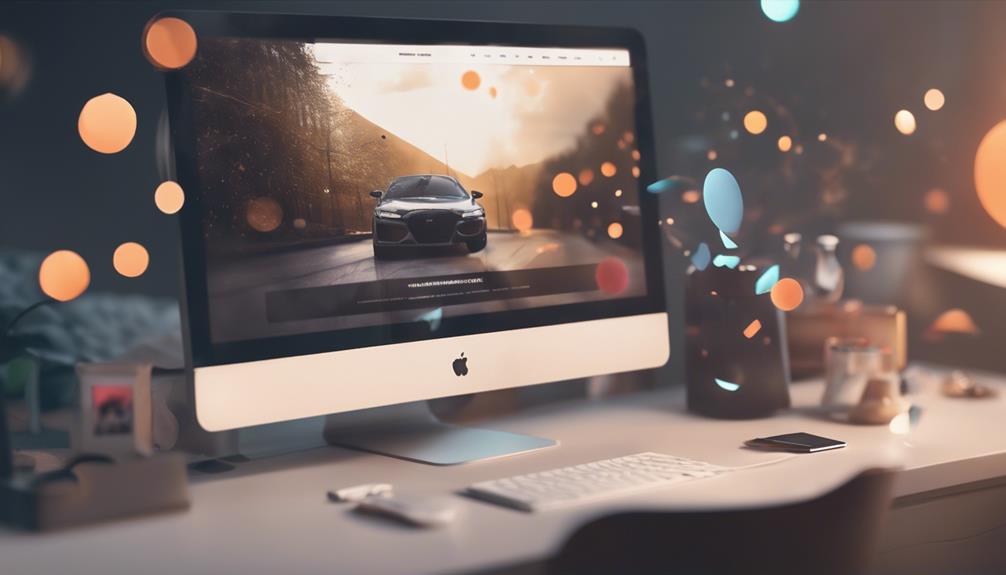
The integration of 3D elements in modern web design has revolutionized the way websites engage users through immersive visual experiences. Incorporating 3D elements into web design ideas can bring a new level of creativity and interactivity to a website. By adding depth and realism to the design, 3D elements can create a more engaging and memorable user experience.
Creative web design that includes 3D elements can help a website stand out from its competitors and leave a lasting impression on visitors. Whether used for animations, graphics, or interactive elements, 3D design can enhance the overall aesthetic and functionality of a website.
When considering implementing 3D elements into web design, it is essential to ensure that they enhance the user experience rather than detract from it. Careful consideration should be given to how 3D elements are integrated into the overall design to ensure a seamless and cohesive look. By incorporating 3D elements thoughtfully, web designers can create visually stunning websites that captivate and engage users.
Minimalist Navigation
Navigating a website with a minimalist design approach enhances user experience by focusing on essential elements and simplifying the user journey. In modern web design, minimalist navigation plays a crucial role in creating a seamless and intuitive browsing experience for visitors. By stripping away unnecessary elements and distractions, minimalist navigation allows users to easily find the information they are looking for without feeling overwhelmed.
Creative web design agencies often embrace minimalist navigation techniques to create clean and visually appealing websites that prioritize usability. This design approach typically involves using simple and clear navigation menus, limited color palettes, and ample white space to guide users through the website effortlessly. By keeping navigation straightforward and uncluttered, visitors can quickly locate important pages and navigate the site with ease.
Interactive Content

Incorporating interactive content into modern web design elevates user engagement and enhances the overall browsing experience. Web design firms are increasingly recognizing the value of interactive elements in capturing users' attention and encouraging them to interact with the website. Interactive content refers to features like quizzes, polls, animations, and clickable elements that allow users to participate actively rather than passively consume information.
Web design and development professionals are leveraging interactive content to create more dynamic and personalized experiences for visitors. By incorporating interactive elements strategically throughout the website, designers can guide users through the content in an engaging and intuitive way. This not only makes the browsing experience more enjoyable but also helps in conveying information more effectively.
Furthermore, interactive content can also be used to gather valuable insights about user preferences and behavior, enabling web design firms to optimize their websites for better performance. As the digital landscape continues to evolve, integrating interactive content will be crucial for staying competitive and meeting the expectations of modern internet users.
Micro-Animations
As web design continues to evolve, the implementation of micro-animations has emerged as a powerful tool for enhancing user interactions and visual appeal on websites. Micro-animations are small, subtle animations that serve a specific purpose, such as providing feedback on a button click or guiding a user's attention. These animations add a touch of sophistication and interactivity to web design, making the user experience more engaging and enjoyable.
Incorporating micro-animations into web design requires a careful balance between functionality and aesthetics. When used thoughtfully, these animations can help communicate information effectively and create a seamless browsing experience. Whether it's a loading spinner, a hover effect, or a scrolling animation, every micro-animation should serve a purpose and contribute to the overall user experience.
Looking at inspiration web design, many leading websites are leveraging micro-animations to captivate their audiences and differentiate themselves from competitors. By incorporating these subtle yet impactful design elements, websites can create a more dynamic and memorable user experience that keeps visitors coming back for more.
Frequently Asked Questions
How Does Modern Web Design Take Accessibility Into Account for Users With Visual Impairments or Color Blindness?
Modern web design prioritizes accessibility by incorporating features like alt text for images, clear headings for screen readers, and color contrast for users with visual impairments or color blindness. These elements ensure inclusivity and a seamless user experience.
What Are Some Common Tools or Resources Used by Web Designers to Optimize Site Performance and Loading Times?
Web designers commonly utilize tools like Google PageSpeed Insights, GTmetrix, and Pingdom to optimize site performance and loading times. These resources help identify areas for improvement and provide insights to enhance user experience.
How Can Web Designers Incorporate Voice Search Functionality to Enhance User Experience on a Site?
Web designers can enhance user experience by incorporating voice search functionality on a site. This feature allows users to search using voice commands, providing a convenient and hands-free way to navigate the website, ultimately improving accessibility and user engagement.
What Are Some Best Practices for Ensuring Mobile Responsiveness and Compatibility Across Different Devices and Screen Sizes?
Ensuring mobile responsiveness and compatibility across various devices and screen sizes is vital for a seamless user experience. Best practices include using a responsive design, optimizing images and videos, prioritizing content visibility, and thorough testing.
How Do Designers Balance Creativity and Innovation With Usability and User-Friendly Navigation in Modern Web Design Trends?
Designers must harmonize creativity and innovation with usability and user-friendly navigation in modern web design. By striking a balance between visual appeal and functionality, they can create engaging and intuitive digital experiences that captivate users while ensuring smooth navigation.






